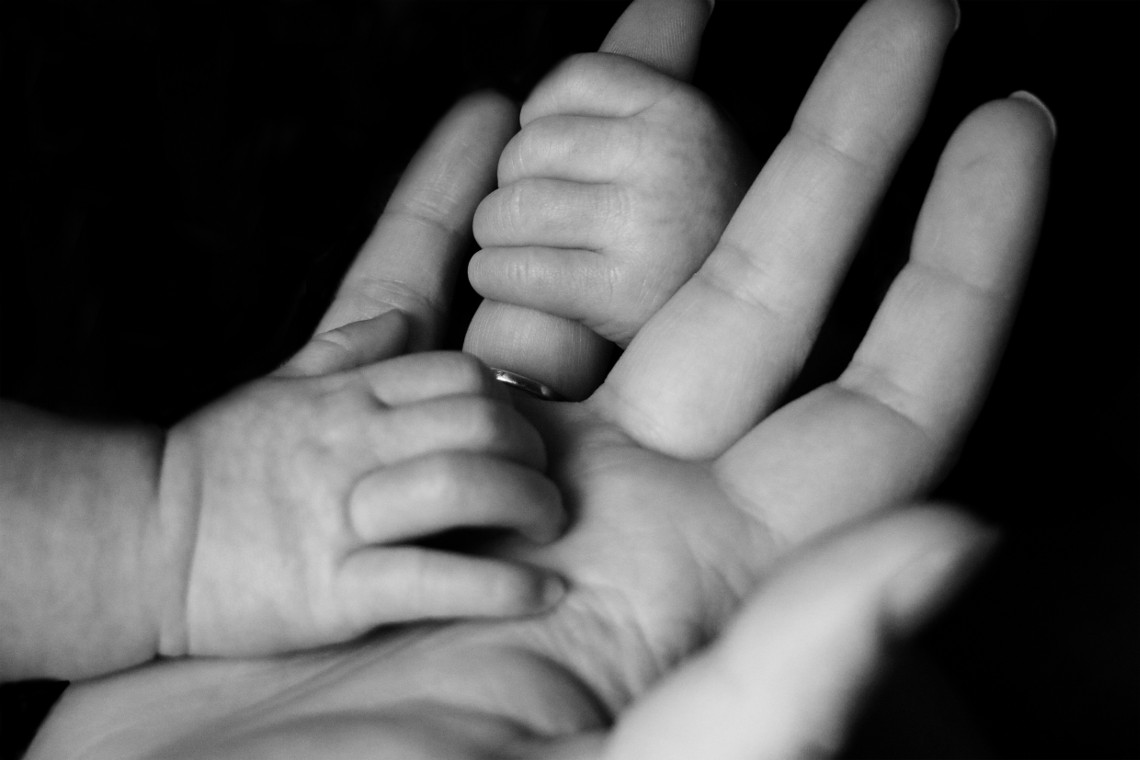Our Research Approach
The prevalence of preterm birth and stillbirth constitutes a global health crisis resulting in millions of maternal and newborn deaths every year, as well as untold economic and social costs related to health problems for those that survive. Yet surprisingly little is known about the causes of these adverse birth outcomes.
Because of limitations in research targeted at understanding the genetics and biology of normal pregnancy, we have a huge deficit in our knowledge of the causes of stillbirth and prematurity.
This knowledge gap is one of the greatest barriers to developing effective diagnostic, prevention and treatment interventions. Few practical interventions exist, and without data, researchers cannot conduct the studies that could lead to life-saving prevention techniques and therapies.

GAPPS projects probe the mysteries of preterm birth and stillbirth:
Developing a successful array of solutions for adverse birth outcomes urgently requires a broader understanding of normal pregnancy. We need to close our knowledge gaps before we can close our solution gaps.
In addition to convening global scientific experts around the challenge to methodically study pregnancy and early newborn health, GAPPS is working with partners to close these gaps by:
- Leading global harmonization efforts to strengthen perinatal research
- Establishing standard definitions and classifications for preterm birth and stillbirth
- Founding a widely accessible biorepository focused on maternal and newborn health
- Building research capacity in low- and middle-income countries
- Establishing ethical guidelines for pregnancy-related research in low- and middle-income countries
- Working to inform global policy and advocacy efforts for preterm birth and stillbirth
- Discovering and promoting basic and translational science in preterm birth and maternal/child health
- Defining the global burden of prematurity and stillbirth
- Developing evidence-based interventions appropriate to low-resource settings to reduce the burden of maternal and neonatal disease
This is not a job for one or two isolated organizations. It’s a comprehensive global effort uniting researchers, healthcare institutions, citizen’s groups, global health advocates, policy-makers, families and mothers.
